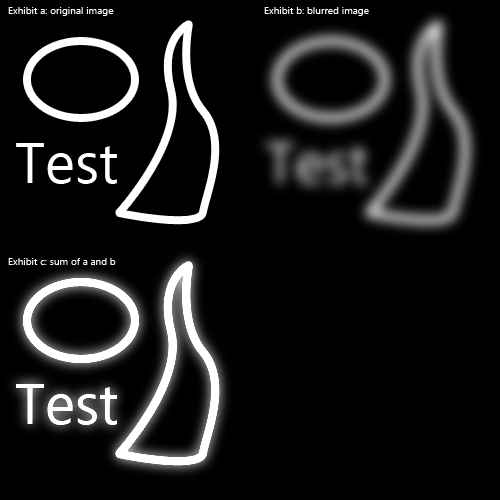Observe this torus:

See that nice bright shine/glow oriented toward the camera?
Now observe it from an angle:

The brightness only works when the torus surface is orthogonal to the view. Which is what I expect with the approach I've taken, but it's not what I want. I want something akin to a neon tube effect, so that the color gradient remains the same regardless of the view angle of the torus. (I hope I've explained what I'd like to achieve well enough--it's past 3am local ;) )
Ultimately I'd like to apply this effect to pipes with arbitrary bends, which I'm generating from a line strip fed through a geometry shader. I'm using HLSL/Direct3D 10, but I figure this is more of a theory question.
Thanks for any help you can give.








